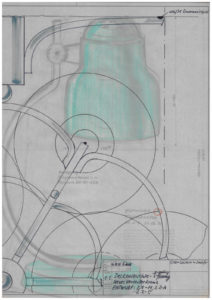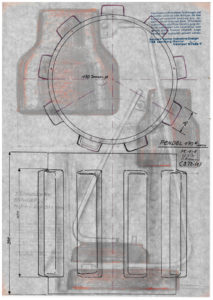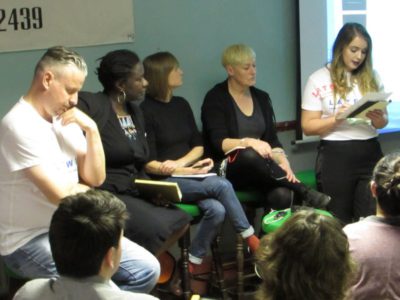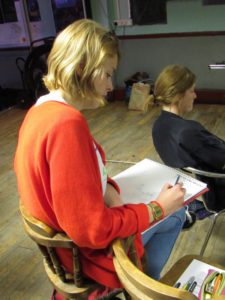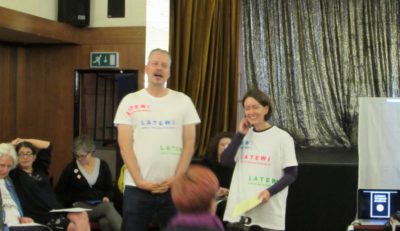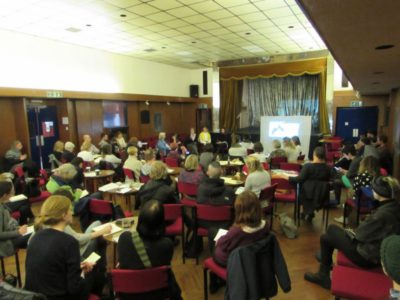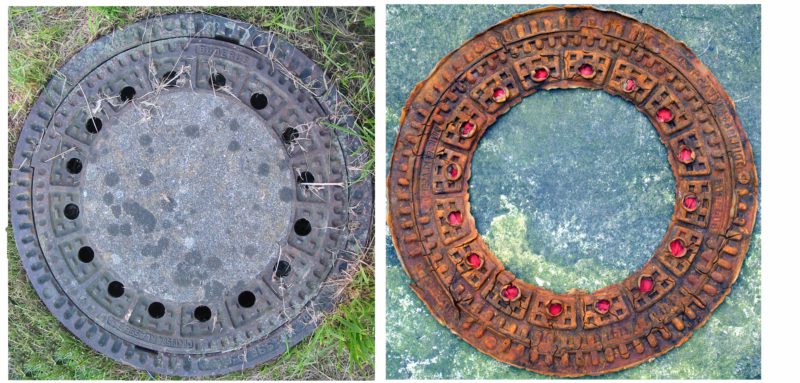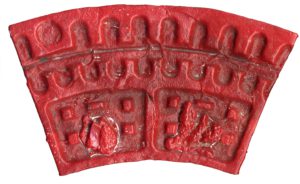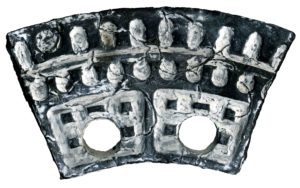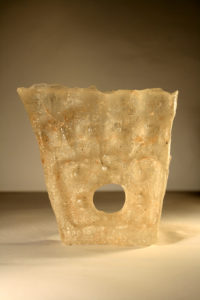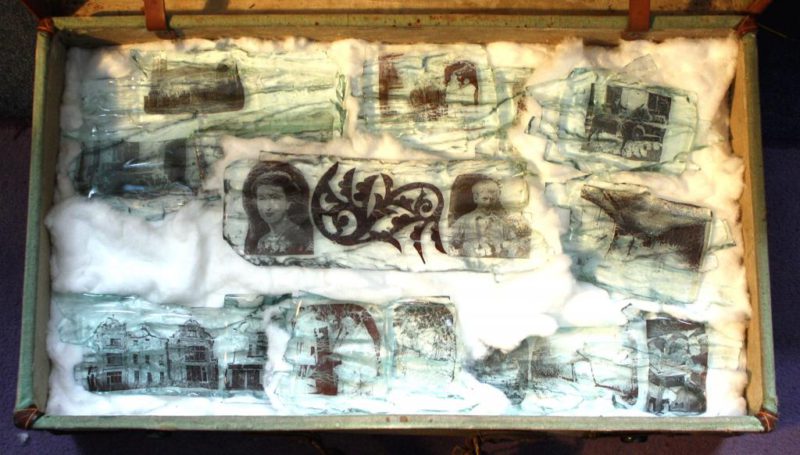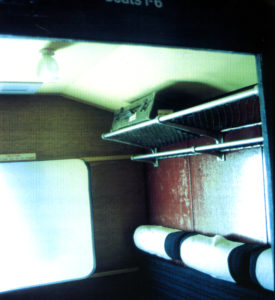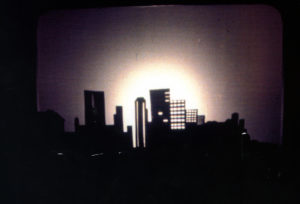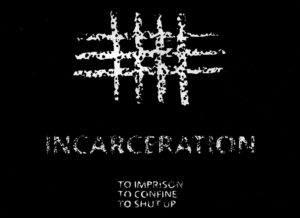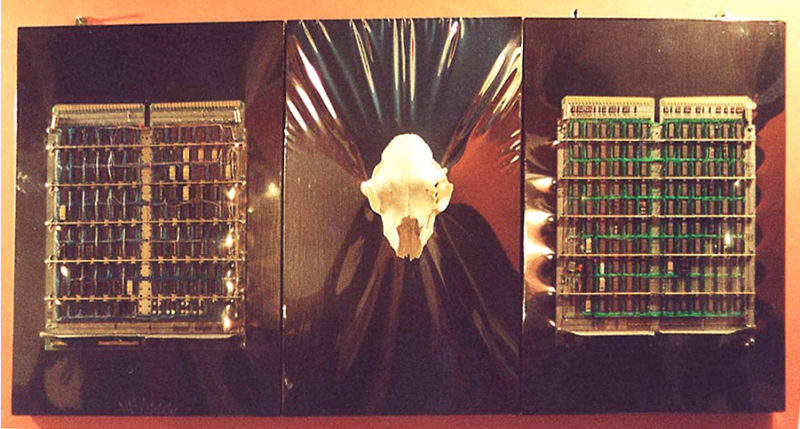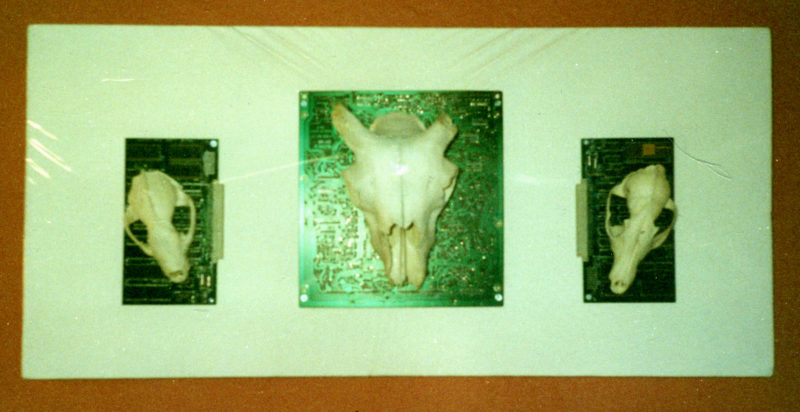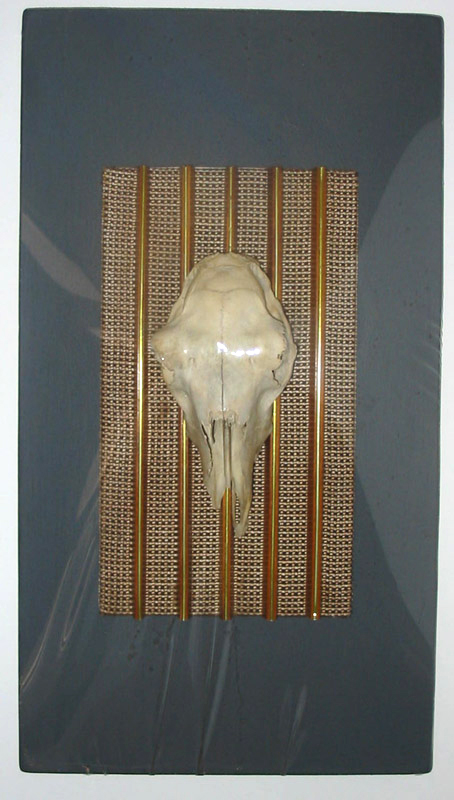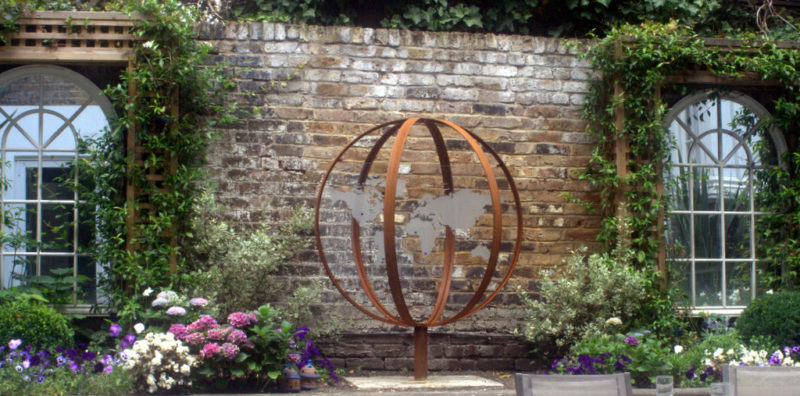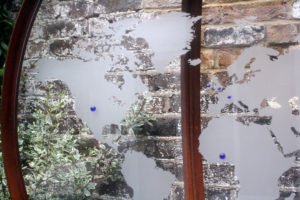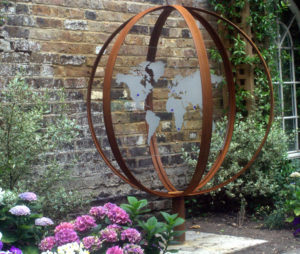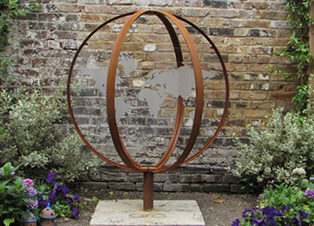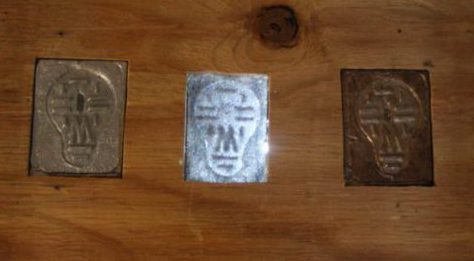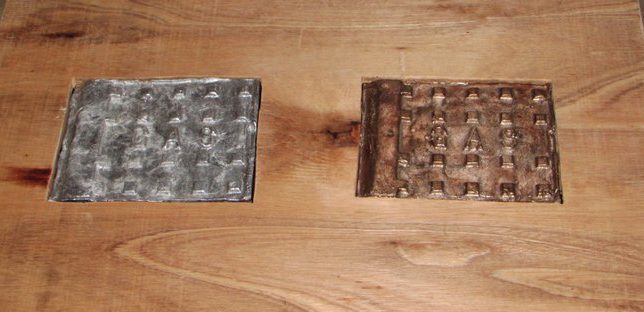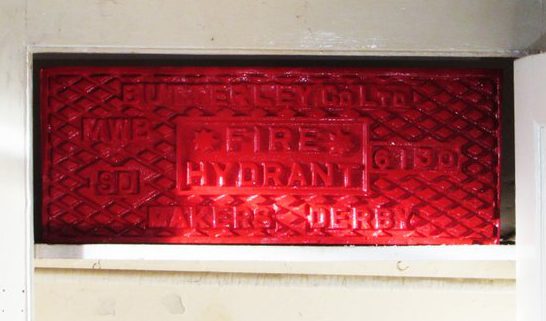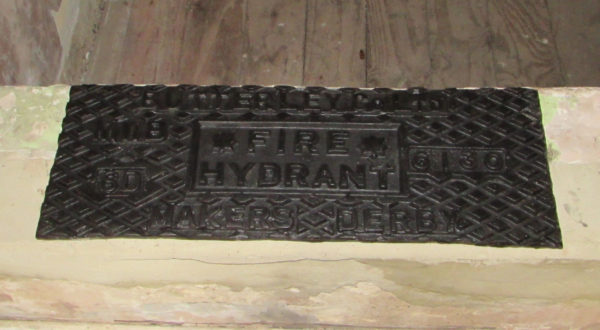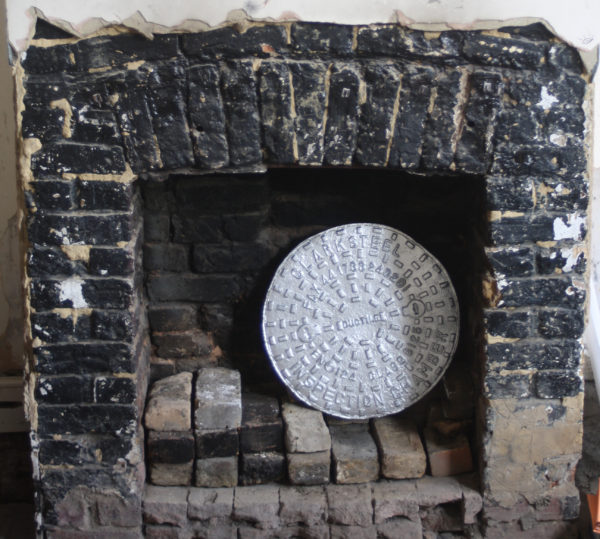In early June I chatted with Jordi Blanchar a London based Catalan journalist. We talked about the artistic and creative elements in the fight against the repossessions and evictions in Spain. The conversation ended with a look at the legacy of this artistic resistance, the interventions and what it has meant for Spanish politics now.
A. G-J
What was the situation like in Spain after the financial crash of 2008?
J.B.
Well unemployment which is the main problem in Spain, it was already really high before the crash, but when the crash hit it really went through the roof to the point that there was 28% unemployment between 2008 to 2011. That was the general level of unemployment but if you look at young people, 18 to 25 years of age the unemployment was a rate of 58% so more than half of the youth were unemployed. Then there was the housing bubble which was really big and inflated. A lot of the money that was being made was on building holiday homes and houses that it was never really clear or understood what they were for and who would buy them. A lot of the debt was created by building houses and convincing people to take out mortgages. These people who became unemployed were working in the housing /building sector, many of these people went from getting good wages to having absolutely nothing when the housing market collapsed. No one suspected that the crisis would hit. Even when people were getting into vast mortgage debt, people thought that housing would be as good an investment that you could get. The banks made borrowing money was very easy and when people lost their jobs they found themselves with no means of paying back this money.
A. G-J
So with unemployment really high and presumably the banks were calling in their debt, what happened then?
JB
Repossessions started to happen big time, so that was an extra layer of problems for people. Suddenly they didn’t have a job and then the home they had wasn’t theirs it was the property of the banks. So they found themselves without a job and without a home.
A. G-J
With so many people in these circumstances loosing jobs and homes, what happened in terms of resistance.
J.B.
Before that resistance had been very general, like part of the anti-globalisation movement so the things people addressed were the big narratives weather it was capitalism or neo-liberalism, Third World debt, issues like that. Suddenly it became much more focused to the actual problems people were facing and housing became the main subject. It came to a point around 2012 were there were 500 repossessions a day in the country.
A. G-J
500 a day! What?
JB
It didn’t mean that 500 families a day were physically losing their homes, but homes were being repossessed by the banks, meaning that the judicial procedure to recover these homes started. You would loose your home but not actually get evicted immediately, and the whole court process could take up to six months. But yeah, at that point 500 family’s a day were receiving court papers from the banks saying we are going to take their house and then they would be evicted.
A. G-J
So thats when the resistance started?
J.B.
Yes. People got very organised in defending the people getting evicted and a lot of the people who had been working creatively on resistance in the anti-globalisation movements focused their energy on this specific subject, housing became a major topic. For example Enmedio in Barcelona, a physical space as well as a collective of creatives. Made up of artists designers photographers and people working in IT. They started working very closley with PAH
A. G-J
Whats PAH?
J.B.
The Plataforma d’Afectats per la Hipoteca translated into English, ‘Platform for those affected by mortgages’. It is a mutual support organisation run by and for people affected by repossesitions who found they couldnt fight the big banks and couldnt resist the evictions individully. It was by becoming organised and by working together that they had any chance to, on one hand to change the law, on the other to resist the banks and try to get some sort of financial agreement where they would not be evicted stright away. Maybe able to pay something that was concidered social rents and try to keep their homes that way.
A.G-J
I have seen video a few years ago of a party that staged was in a Bankia bank branch just after it was bailed out with €23 billion from the Spanish government, who then went on order a €20,000 million worth of cuts in health and education that same week. When a customer went in to close her account a whole bunch of people bust in with a ghetto blaster and held an inpromptu party celebrating the fact that she had left Bankia. Was this an Enmedio action?
J.B.
Yes, that was Enmedio
A.G-J
So what role did Enmedio play with the PAH?
J.B.
They worked closley with PAH for years, they designed a lot of the visual campaigns with Plataforma. Now let me clarify, Enmedio is not a group of artists or designers that works for or helps movements they consider themselves to be activists and their work is not a representation of what others do or whats going on. They consider their work to be an intrinsic of the actions, so much of the stuff they did were actually tools, physical tools for actions.
One of the things they built were wooden barriers or shields for the flats that were going to be evicted. Those shields over the doors and windows would have hi res photographs of the actual people who were going to be evicted printed on them. When bailiffs and police were coming to evict flats they would be confronted with these highly visual images that would be blocking the doors and windows. So when the bailiffs would try and gain entry violently, you had the image of them breaking down the doors with sledgehammers, smashing through the picture of someone’s face, a family, a child in a pram or an old person sitting in their living room.
A.G-J
Very disturbing and they must have been very strong images.
J.B.
Yes it was very good media, and this idea of doing creative political work is not about representing politics or representing activism. It is actually using the creativity as a political force, as a tool for action.
A.G-J
And what about the flamenco? I have see that in videos too.
J.B.
There are other groups that work very strongly with the PAH who have groups or branches all over Spain. One group from from Andalusia based in Seville also working on housing issues are are called Flo 6×8. What this group does is use gypsy popular culture through flamenco, singing, dancing and playing and they occupy banks. The put on performances inside the banks, in a way that they actually stop the bank from being able to work, a spanner in the works so to speak. They preform and whilst they do that they create an amazing intervention that works on an artistic level.
A.G-J
Are they all flamenco professionals?
J.B.
There will always be within the occupations someone who is a professional singer or dancer or professional guitar player and will work closely with the local P.A.H activist group. So other people who may not be professional dancers but will have prepared and trained for both the action and the performance. It will have been rehearsed well, so when its done in the bank it looks very professional. There a lot of examples of those performances online. If you search online FLO 6×8. Those are the two most well known examples of Spanish creative resistance. Traditionally the visual and creative elements have always been part of the activist and resistance movements there.
A.G-J
How has it worked out in Spain what have they achieved there? Have the banks come to any compromise with the people affected by the repossessions?
J.B.
Well to start with nobody was taking this movement seriously because it came out of nothing and was dismissed by everyone, by the banks, by the media, and by the state. As the problem grew with more and more people being affected, and we are talking about hundreds of thousands of people losing their homes, the movement also grew. Because they work so intensively in resisting the repossessions physically, trying to change the legislation and dealing with the banks, they became a very powerful force in the struggle for housing justice. It has got to the point that now, in almost every repossession procedure in Spain if the PAH organisation gets involved the bank will listen. It will probably not listen to you as a single person, an individual, but if you go with the backing of the PAH and with the lawyers of the PAH behind you the bank manager will sit down and talk with you. This is because they now know that if they don’t deal with you, the PAH will move in as an action block and for them it is much easier to continue working. So thats always how it works first there is a negotiation and if the negotiation doesn’t work then comes the action. Before the banks would never take people seriously and the action would inevitably come, now it has shifted the opposite way, the action is becoming less and less necessary as the banks have to reckon with such a big organisation. Now it is easier to accept some kind of deal instead of having to face down the PAH. Also polls in 2013 were saying that 80% of people agreed with the aims of the PAH. Which was basically to stop evictions immediately and try to get to see the portfolio of repossessed homes that the banks had on their books now and to open up these properties to social rents. The banks will repossess a home and then keep it empty waiting for the prices to go up and the PAH is saying open up these homes as there is a social emergency of homelessness. Put them on the market at social rent rates whilst there is this problem.
These two things are massively accepted by Spanish society which is a great bonus as they know they have the backing of society. The other thing that PAH is demanding is a change to legislation. In Spain it says that even if your home is repossessed you still owe the bank you end up with no home and keep the same debt. Of these three things I have been very supportive of and I think these methods of activism have worked really well.
A. G-J
Has in your opinion, this bled over into the political arena? Considering the victories in the recent local elections? For instance, the new mayor’s of Barcelona and Madrid, didn’t they come out of these housing battles?
J.B.
Not the one of Madrid but the one in Barcelona, Ada Colau she was the spokeswoman of the national PAH for six years, yes she is now the mayor of Barcelona since the election in May. The one in Madrid Manuela Carmena is not directly related to the PAH but she was a lawyer and judge that has worked very much for social movements for many many years. But its not only in Barcelona and Madrid places like Cadiz, Tarragona the four main cities in the Galicia region, Valencia and a lot of the places have been won by these citizens coalitions. They are like popular unity groups they are not parties. They are more like social grass roots movements coming together with some of the hard left parties and setting up these organisations which they could actually put them forward as coalitions.
A. G-J
A coalition of independents?
J.B.
No, some are independents some are from parties it depends very much in each city, depending what the possibilities were. Some place Podemos the anti austerity party was involved and some places not. What is very important is its a very grass roots thing and very connected to all these struggles. For example a lot of people who had been involved in creativity and art and culture and music are very involved in this both in Barcelona and Madrid. The singer of one of the biggest leftwing bands of Spain, Hechos Contra el Decoro has now a seat in the council of Madrid. In Barcelona people like Marcelo Exposito a well known Barcelona artist is part of the candidacy, he hasnt got a seat, not part of the electorial list but has been very involved in building the campaign. Creatives like Javier Toret who is working a lot on open source and free software and many people like this are putting a lot into the movement. It has a very stong emphisis on culture, culture has been taken as something very important. Something that not only talks about whatever or expresses somthing but helps bring people together. Culture and art are seen to help people analyse situations, opens debate and discourse, its been taken seriously as an intrinsic part of human nature and a way for society to live. Its very interesting that art has been raised to the level it deserves where it is for the common good of society. Its not only a representational thing or not only a comodoty thing its something that every society needs to stimulate debate and see itself in the mirror. These people understand that society cannot function without health care, education or housing but also they see that society cannot function without art.
A. G-J
Thats great Jordi, a very illuminating chat, thank you
links
Jordi Blanchar
Flo 6×8 video on Youtube
Enmedio Bankia action.
Hechos Contra el Decoro
Ada Colau



